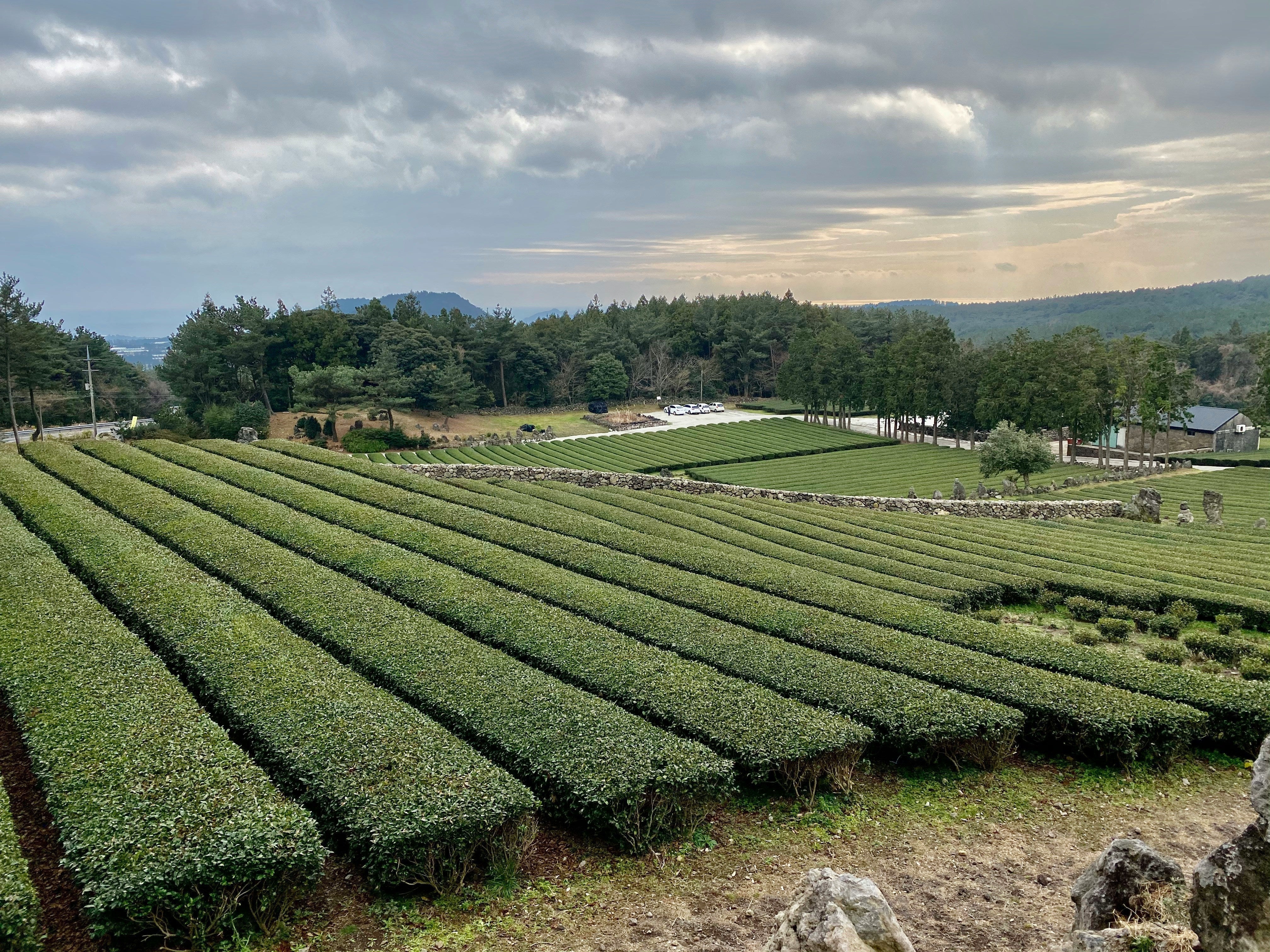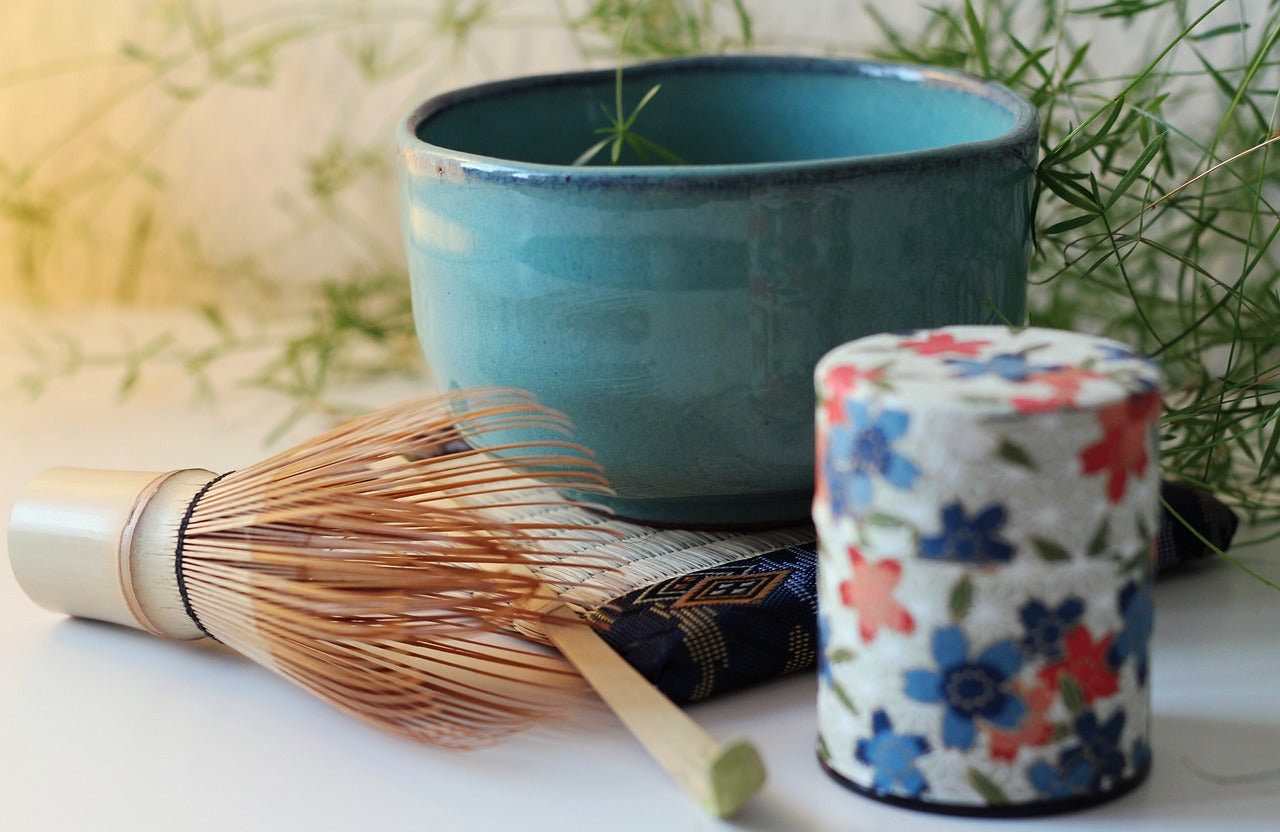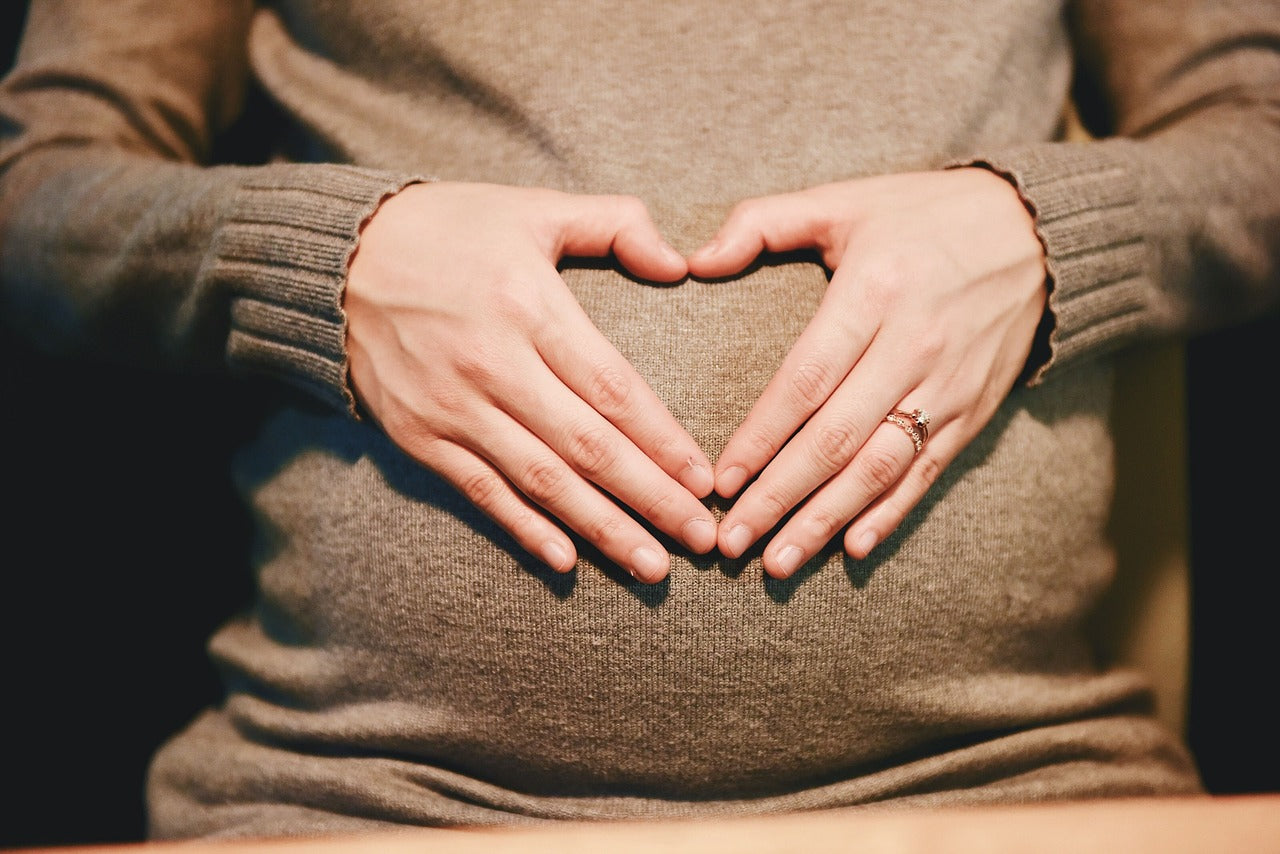Matcha is one of Japan’s most iconic and beloved exports. But have you ever wondered where this vibrant green tea powder comes from, and why Japan is such a perfect place to grow it? In this article, we’ll explore the unique climate conditions that nurture high-quality matcha, the regions where it’s produced, and how these factors shape the flavor and quality of your cup.
The Ideal Climate for Matcha Cultivation

Matcha is made from tencha, a type of shaded green tea leaf that requires specific growing conditions. The best matcha comes from regions with the following:
- Mild temperatures throughout the year, ideally between 12–20°C
- Frequent rainfall and high humidity, especially in spring and early summer
- Well-drained, nutrient-rich soil, often found on gently sloping hillsides
- Foggy mornings that provide natural shading
These conditions help tea plants grow slowly, developing richer flavor compounds and more amino acids, particularly L-theanine, which contributes to matcha’s umami and smooth taste.
Top Matcha-Producing Regions in Japan

Uji (Kyoto Prefecture)
Uji is considered the birthplace of Japanese matcha and remains a symbol of prestige. With over 800 years of tea cultivation history, Uji’s tea farmers have refined the art of shading, harvesting, and processing tencha. The area’s cool climate and misty mornings create ideal growing conditions. Matcha from Uji is often rich, deep, and slightly sweet—perfect for ceremonial use.
Shizuoka Prefecture
While Shizuoka is best known for sencha, it also produces high-quality tencha for matcha. The region’s rolling hills, proximity to Mt. Fuji, and frequent fog create a balanced growing environment. Matcha from Shizuoka has a distinctive, well-rounded flavor—ideal for daily use and versatile preparations.
Nishio (Aichi Prefecture)
Nishio is another top-tier region, especially known for its large-scale production. Thanks to its fertile plains and coastal humidity, Nishio matcha tends to have a vibrant color and mellow, less bitter flavor. It’s popular in culinary applications, from matcha lattes to desserts.
Kagoshima Prefecture
Located in southern Japan, Kagoshima has a warmer climate and volcanic soil that gives matcha a bold, slightly vegetal flavor. The region has rapidly grown in production and innovation, offering a more modern, accessible take on traditional matcha.
Why Region Matters: Terroir and Taste

Just like wine or coffee, matcha’s flavor is shaped by its terroir—the unique combination of soil, weather, and cultivation techniques in each region. A matcha from Uji may be elegant and refined, while one from Kagoshima might be bold and earthy. Understanding these nuances allows you to choose the matcha that best suits your taste and usage.
Discover SHIZUNE Matcha: A Curated Taste of Japan

At SHIZUNE Matcha, we carefully select our matcha from the finest producers in Shizuoka and Uji—regions known for quality and tradition. Each batch is crafted to deliver a serene, rich experience in every sip.
Whether you’re whisking a morning bowl or mixing a matcha latte, knowing where your matcha comes from makes every cup more meaningful.



